
Elk: 8 Fantastic Facts About the Elk for Kids
The elk is a mammal animal as it belongs to the elk family. It is considered one of the largest species that belong to this family. The elk is characterised by its dark reddish brown colour. Its scientific name is (Cervus canadensis). The elk, in particular, is one of the largest deer that spreads in the regions of northern Europe and the continent of Asia.
In the summer of each year, the ruminant elk resorts to reduce the temperature by swimming in rivers, lakes, and swamps. When this animal feels in danger, it runs at a fantastic speed despite its colossal weight and length, and it can attack its enemies with fantastic speed while lowering its head. Attacking his enemies is good at using his lists unless his enemy leaves him and desires peace, at which time the elk suffices with a typical meal of various plants.
Whenever the elk walks, it makes much noise due to the friction that occurs with its hooves one against the other. In the winter months, the elk resorts to digging a circular field in the snow so that the family spends the whole winter in it.
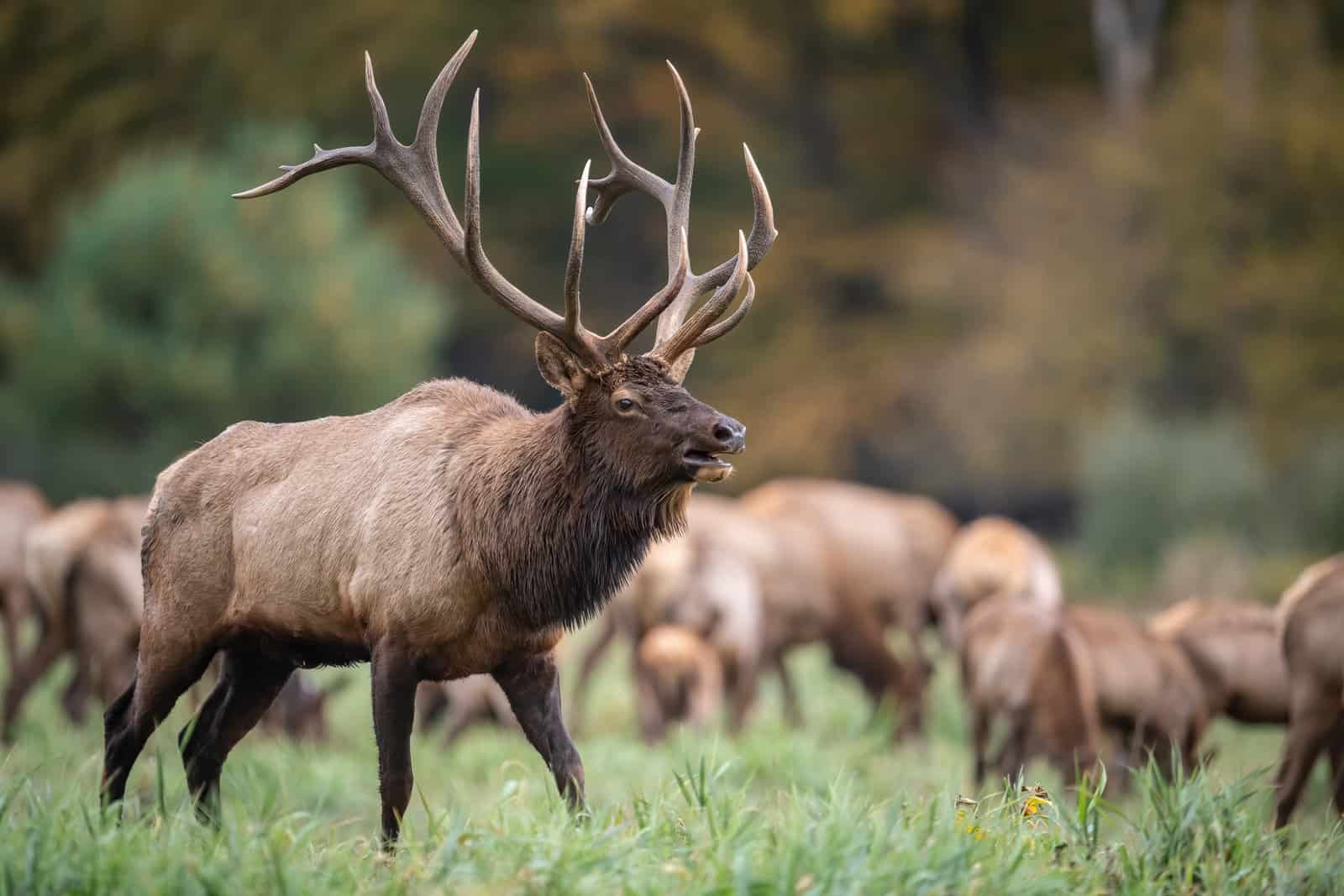
Size and Weight
Elk can reach 122 to 152 cm at the top of the shoulder and about 147 to 480 km. Males are more significant in size than females. Male antlers can reach 122 cm in length and 18 km in weight. The elk sheds its horns in March, while a new pair of antlers begin to grow during the last month.
The elk is covered with a dark brown or reddish coloured coat during the summer, while in the winter, it is covered with a dense light grey or yellow coat. The head, neck, legs and abdomen are darker than the rest of the body. Elk is an animal with a long head with large ears, a massive body with thin legs, and a short tail.
Elk change their colour and coat thickness depending on the climate; The coat is light-coloured and thick in winter and tanned and short in summer. Their neck is dark, and the rump is white. They are social animals that live in matrilineal herds, like elephants.
Activity
Elk is a crepuscular creature, which means it is only active at dusk and dawn.
Diet
The diet of an elk depends on grass (a plant-eating animal). The diet is based on tree buds, broadleaf plants, grass and bark. Elk consumes about 9 km of food per day. This beautiful animal first hides in its mother, and after it is weeks old, it separates from it.
Elk are mammals, i.e. animals that feed their young with the milk secreted by the mother. Like other mammals, they are warm-blooded, meaning their body temperature remains somewhat constant regardless of the ambient temperature.
Natural Enemies
The natural enemies of the elk are bears, mountain lions, coyotes, and wolves.
Habitats
Elk inhabit desert plains and valleys, deciduous, coniferous and mixed forests and alpine meadows. Elk populations in North America declined from 10 million to 100,000 during the 18th and 19th centuries due to overhunting and habitat destruction.
The elk is a wild animal thanks to the strict regulation of the daily hunting policy. The geographic distribution of elk is spread to western North America and central-eastern Asia.
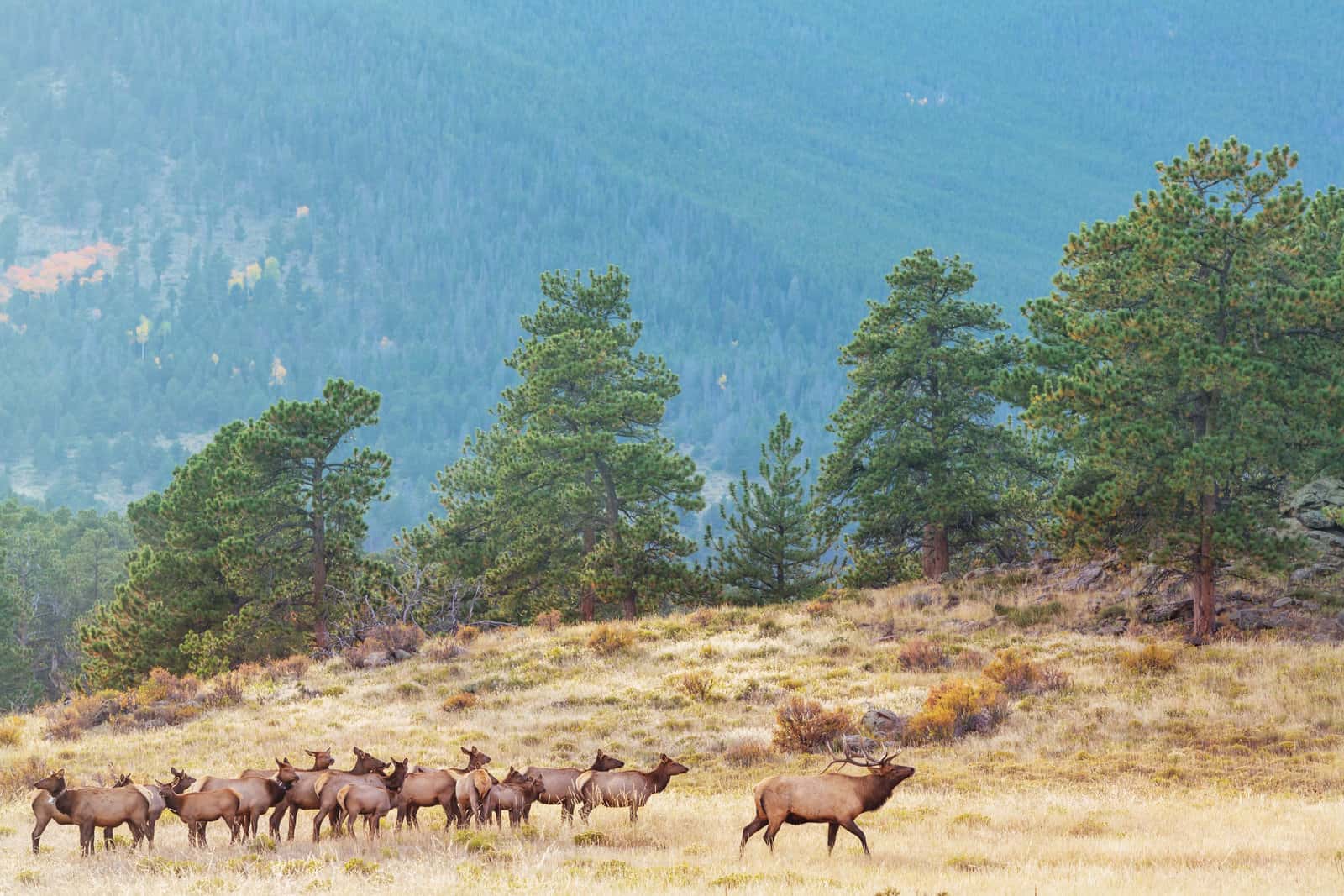
Mating
Elk migrates to the mountains at the beginning of the spring season and then returns to the valleys at the beginning of the winter. It lives in herds consisting of animals of the same sex. Males form smaller flocks than females. One group lives on about 1554 km2 of land.
Mating season takes place from September to October. Males produce a loud mating call known as a trumpet, which can be heard from miles away. They also cover themselves with a coat of urine to attract females. Males establish dominance through fights. The winner in a battle brings together a harem of about 20 females for mating.
The pregnancy period in females lasts for about 240–262 days and ends with the birth of one child (calf). The female leaves the herd to give birth in the dense forest. A young child can stand on their feet 20 minutes after birth.
Young elk are odourless (predators cannot reach them because they have no smell) and are covered with dark spots to ensure their ability to camouflage, especially during the first days of life with their simple and weak physical condition. The mother usually returns to the herd with the young calf about three weeks after birth. Young elk stay with their mother until about 12 months of age.
Young elk reach sexual maturity at the age of two years. Males begin breeding at 4–5 when they become strong enough to defeat other males.
Average Age
Elk can survive for 8–12 years in the wild and 20 years in captivity. It is the only animal with bones on its head called deciduous horns. These horns differ from permanent horns in that they consist of complex, strong layers of skin with a bony core.
Elk is one of the most widespread large terrestrial mammals, and it is also famous for its ability to run. It is the smallest species of deer in the world, and it has been discovered since 1999, and its weight ranges between 10 and 90 pounds, according to its age. Soft texture.
Elk Types
There are more than 60 species of elk worldwide, including caribou, bush deer, moose, moose, musk deer, reindeer, and roe. Some deer live in hot deserts, others in cold regions above the Arctic Circle, while most species live in grasslands, swamps, or temperate forests. There are also some species of this animal that are born with very coarse fur, and it is worth noting that this type of animal prefers to live alone.
Here are some of the most famous types of elks:
Eland: it is considered the most significant type of elk, as its weight reaches 480 kg and its length is 182 cm. This animal prefers life in areas with herbs and trees, the middle and south of Africa. The male has relatively long antlers. The antler comes in two types: the well-known eland and the giant eland, which is the largest in size.
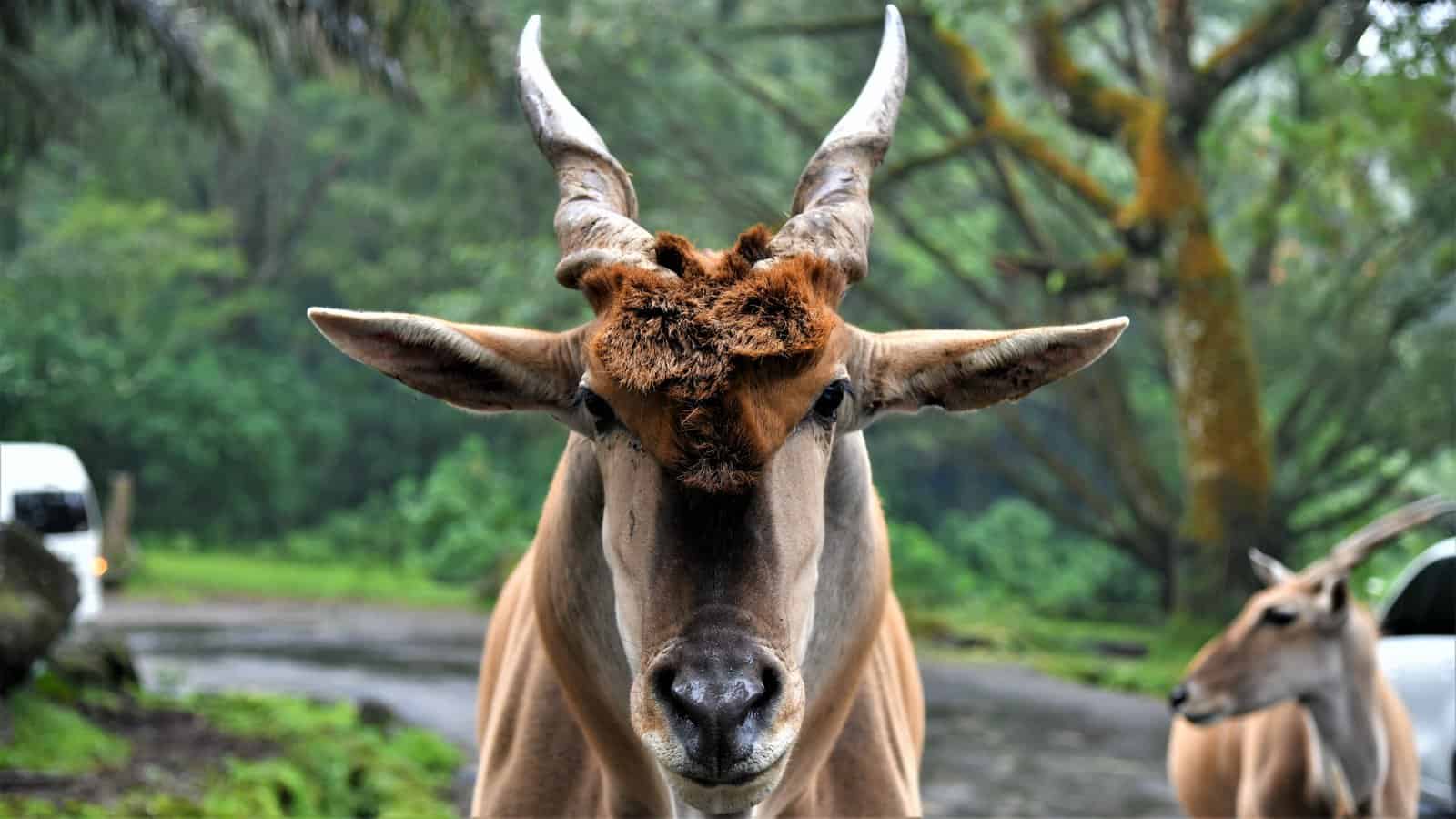
Wildebeest: also called the “gnu” in English, prefers life in the African plains and forests. There are large numbers of this type of animal in parks, such as the Serengeti National Park in Tanzania and the wild animal settlement “Masai Mara” in Kenya. This animal is famous for emigration every year, as annually, about one and a half million wildebeests move from their area to search for more green areas.
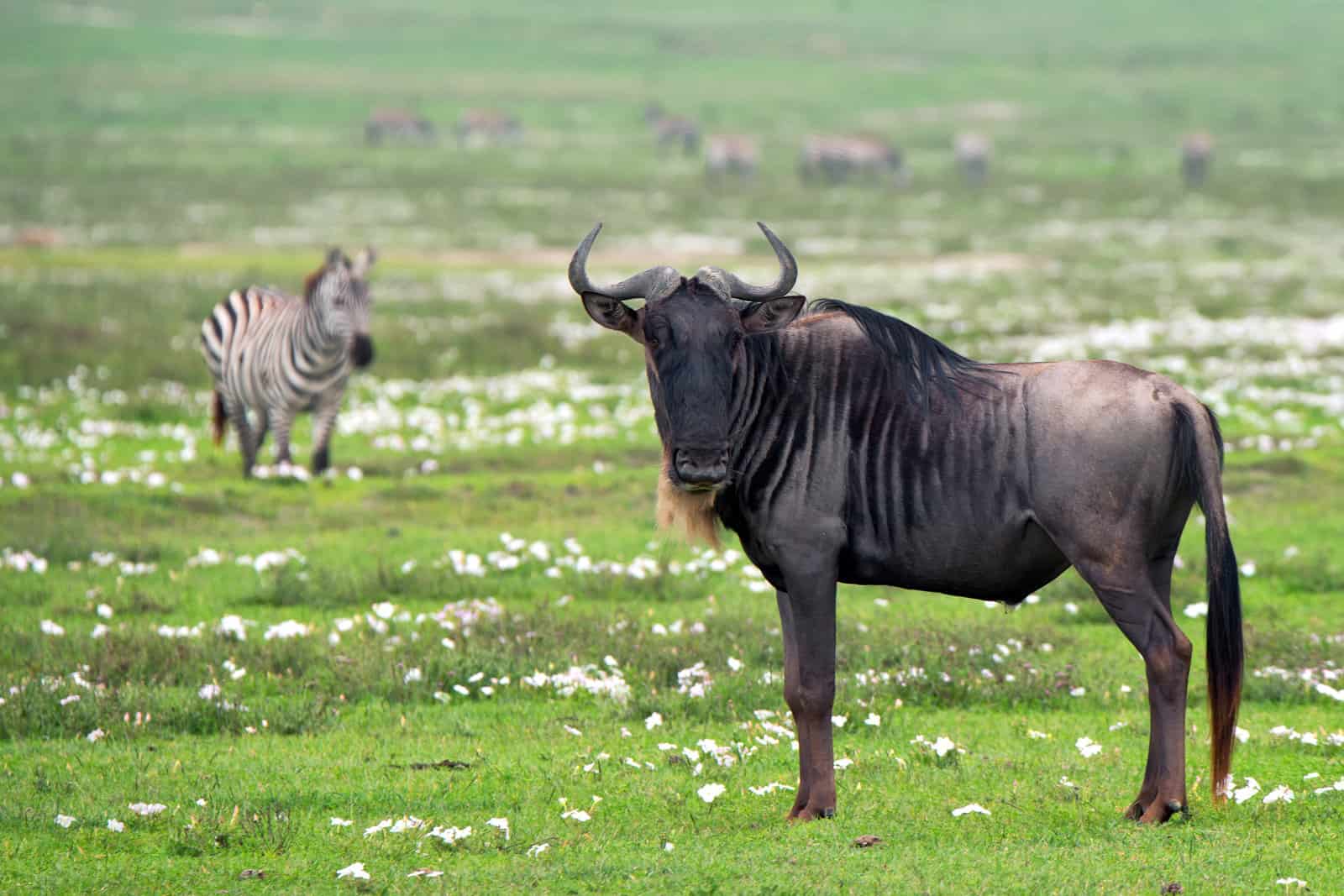
Oryx: is one of the large feral cows that live in Africa, and there are about three species of this type. But then it grew in the zoo, and it was returned to nature in 1982, and there are now approximately 1,000 of its members in nature.
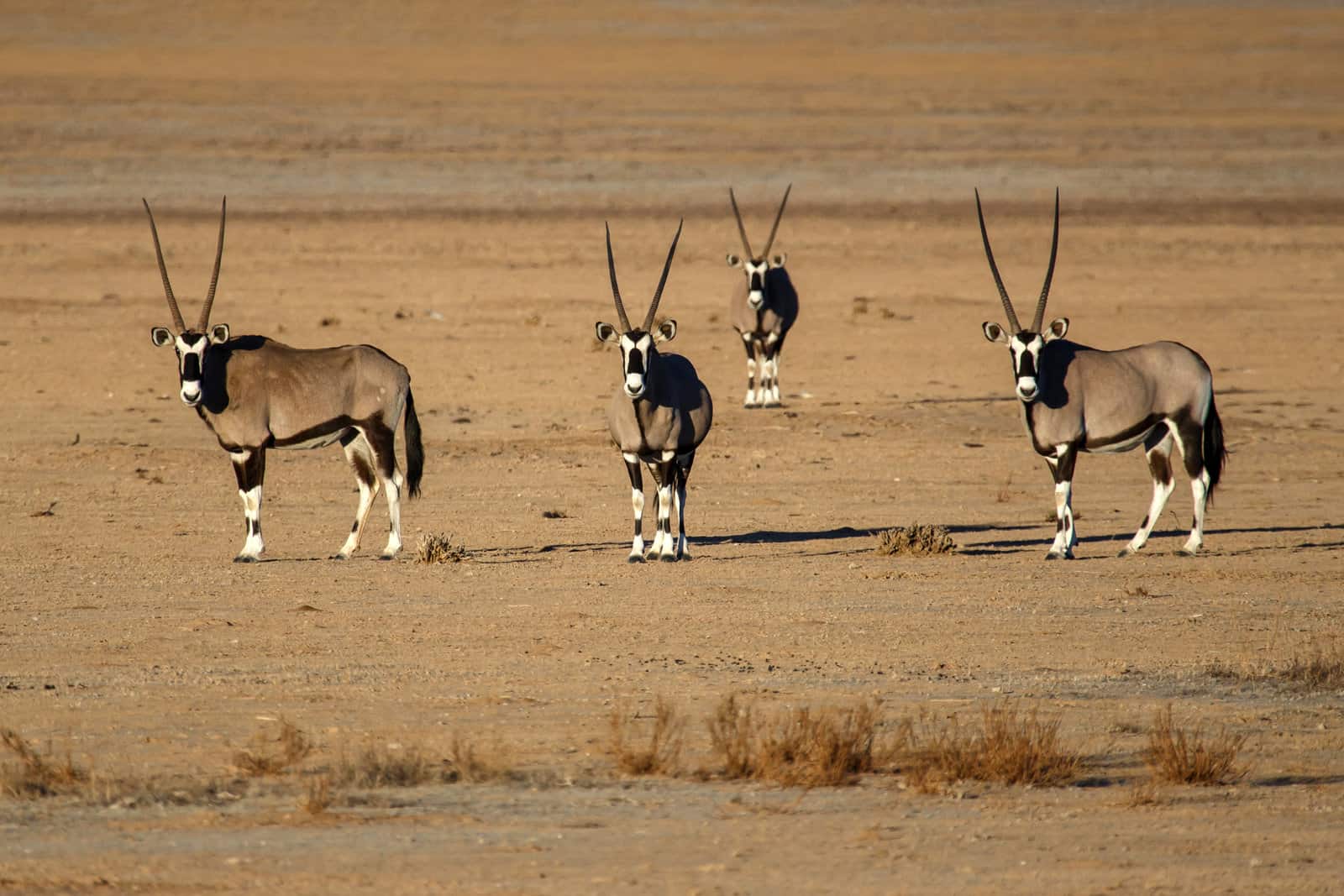
Addax: the herd of this type of animal lives in the Sahara Desert, and it is a rare type of deer, and it is also threatened with extinction and is present in nature after approximately less than 500 individuals.
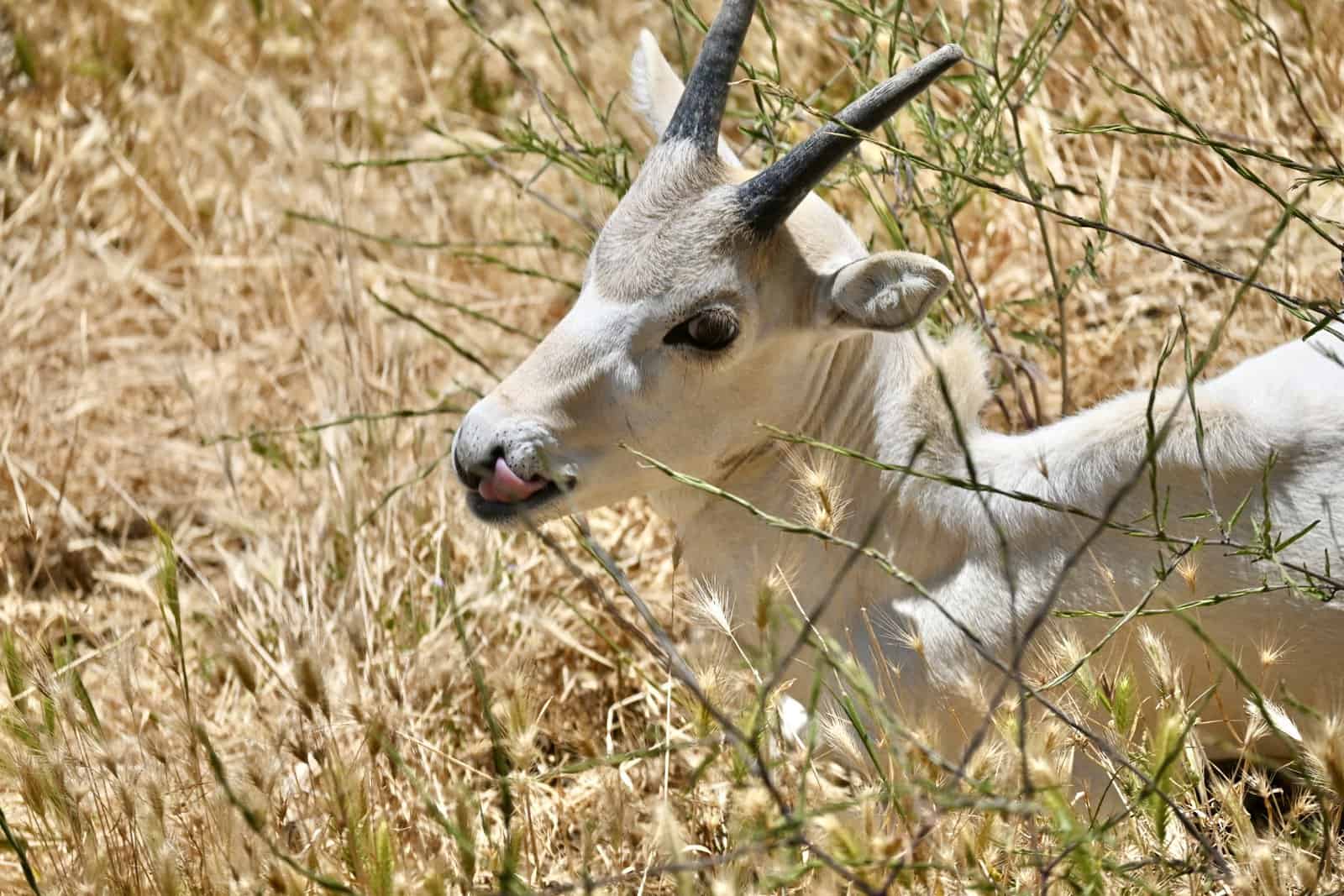
Impala: it is a type of deer of medium size that lives in the African continent, its height reaches about 10986 cm, and its weight is about 80 kg. The impala has a reddish-brown robe, and its belly is white.
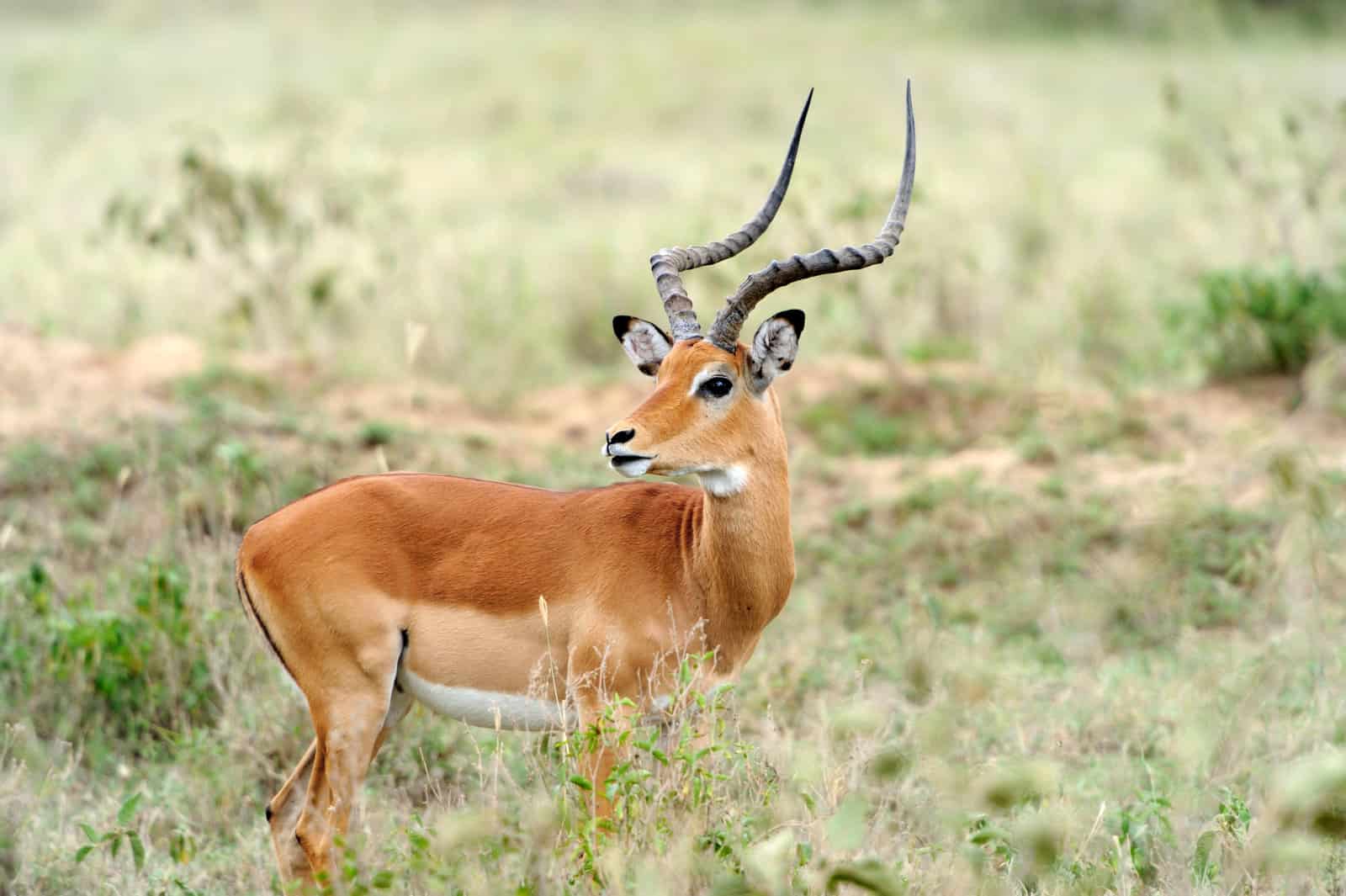
Kudu: it is one of the wild cows of considerable size, of which there are two types: the smaller kudu and the greater kudu. It is an animal that prefers forests endemic to eastern and southern Africa, while the smaller kudu lives in southern Arabia and east Africa.
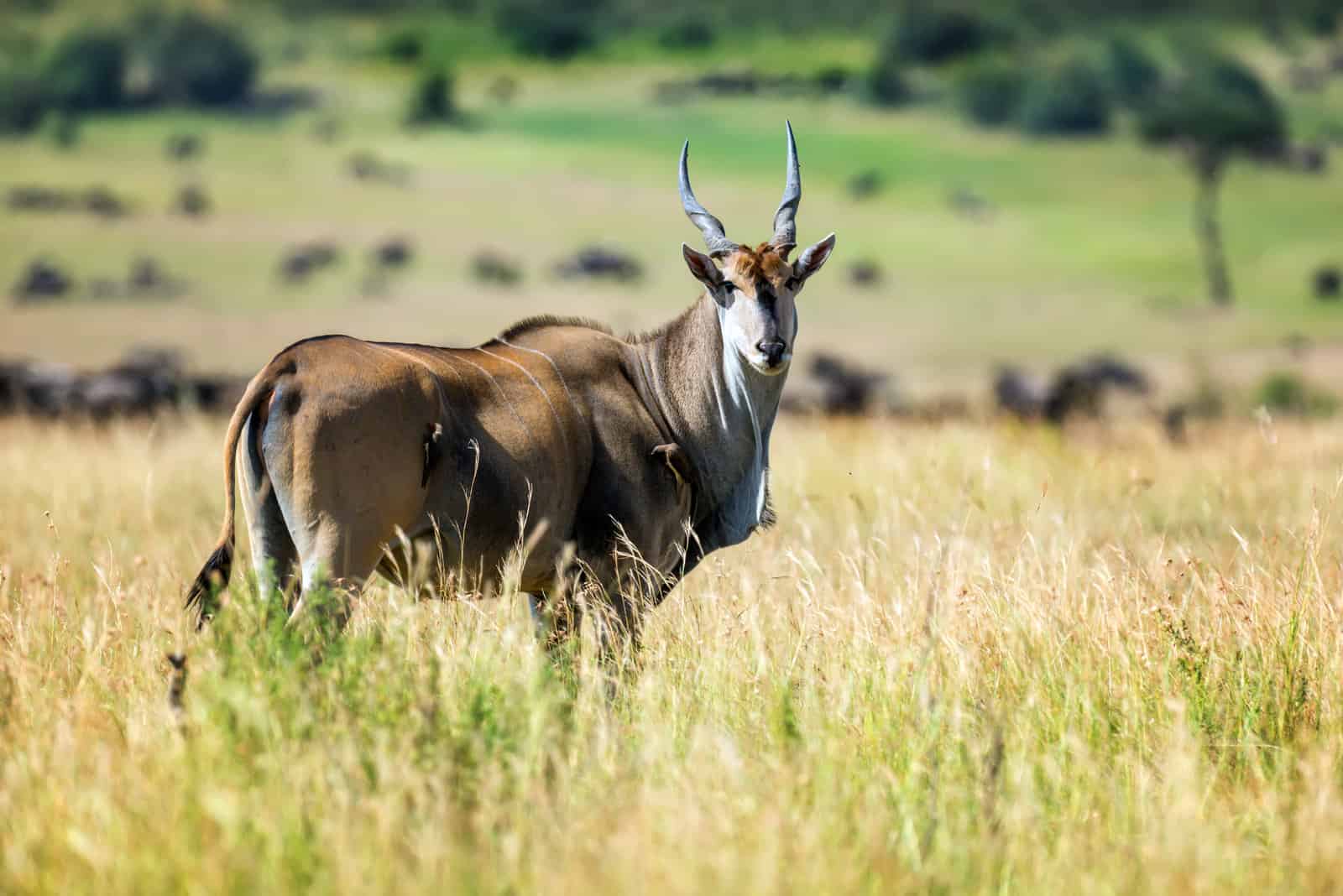
Facts about the Elk
- It is a ruminant animal that searches for its food on land and in the depths of lakes, as it searches for lichen.
- It is remarkably good at swimming and can stay underwater for up to a minute and a half.
- This animal eats 3 to 4 bottles of milk on a daily basis, and it is preferable to eat bananas and apples in addition to cooked potatoes and vegetables, lettuce and bread. In addition to that, grass and sweet fodder are among the favourite foods of this animal.
- The horns of the elk are full size or complete after about six years, and the gap between them is approximately two meters, and they weigh about 20 kilograms.
- These horns are considered a powerful weapon to confront the enemy.
- It has excess skin in the area under the neck, which helps in swimming, as it swells significantly, and its head remains high.
- The end of summer is considered the “season of love” for the elk, as fierce duels and battles occur in order to win the females, and during that period, the elk, which is silent most of the time, roars.
- In the Soviet Union, many successful attempts were made to raise it on farms.
- It was used and benefited from as reindeer in pulling sledges. It was later found that female elk could give people good milk.
If you enjoyed learning about this facinating animal why not check out more fantastic facts about other animals: Koalas, Land Animals, Sharks, Raccoons, Moon and Sun Bears, Rats, Chickens, Cats, Pandas, Monkeys endangered animals, waterfowl and Whales.
Why not subscribe to our LearningMole Library for as little as £1.99 per month to access over 1300 fun educational videos.


Leave a Reply